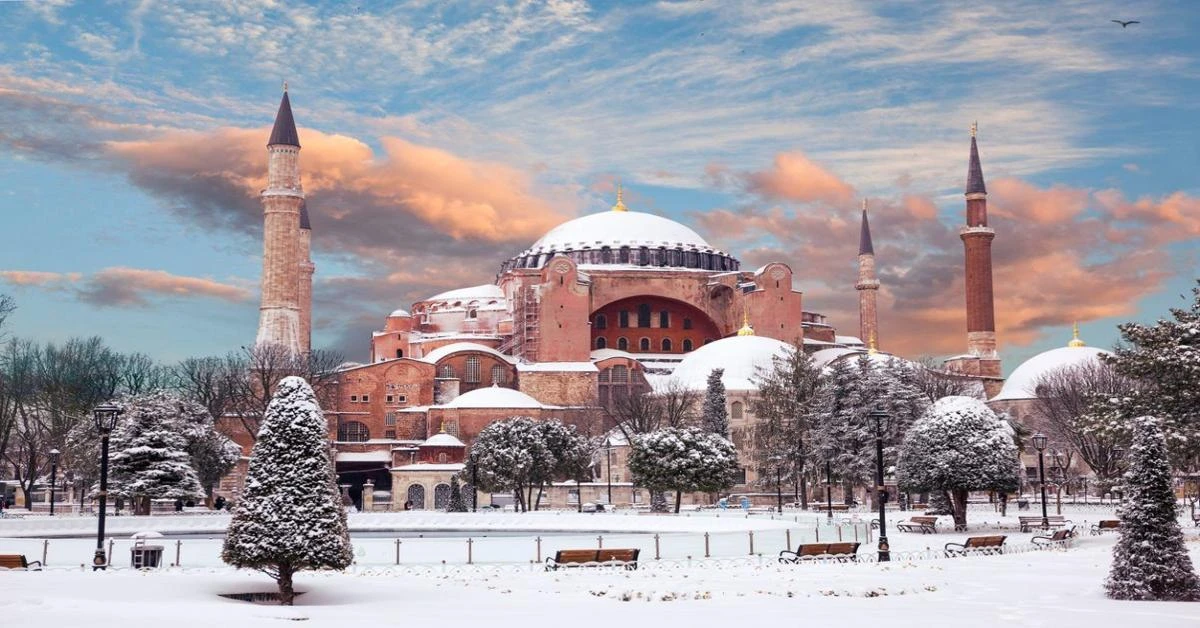New study reveals air quality variances across Istanbul

A new study published in a journal utilizes innovative probabilistic risk graphs to evaluate Istanbul’s air quality. The study identifies Sile and Sariyer as districts boasting superior air quality.
EXCLUSIVE BY KEVSER ERBAY — A pioneering study published in the International Journal of Environmental Science and Technology by Mehmet Emin Birpinar, Burak Kiziloz, Sukru Ayhan Gazioglu and Eyup Sisman, reveals significant insights into Istanbul’s air quality using new probabilistic risk graphs.
Top air quality marks for Istanbul’s Sile, Sariyer
The study identifies distinct variations in air quality across different districts of Istanbul, pinpointing areas such as Mecidiyekoy and Goztepe as having inferior air quality compared to others. In contrast, districts on the Asian side, such as Sile and Sultanbeyli, and districts on the European side, like Sariyer and Maslak, had the best air quality levels in terms of particulate matter (PM10) and nitrogen oxides (NOx).
Model graphs reveal air quality concerns in several Istanbul districts due to moderate NOx emission risks. Avcilar (4.9%), Basaksehir (2.7%), Kagithane (2%), Sultangazi (2%), and Uskudar (2%) all exhibit probabilistic risk values exceeding 1%.
However, Umraniye (13%) and Sirinevler (12%) stand out with significantly higher risk levels, exceeding those of the other districts by a considerable margin. These areas warrant immediate attention and potential mitigation strategies.
The research underscores the significance of employing probabilistic models for a more objective understanding of air quality variations, a crucial factor in planning and managing air pollution risks. Such models can track temporal changes in air pollution, providing a nuanced view of air quality dynamics across different risk levels.
The study’s findings highlight the need for targeted measures to improve air quality, especially in districts identified with moderate to unhealthy risk levels.
By utilizing these innovative risk graphs, experts can better assess air pollution issues, facilitating the development of effective strategies to mitigate air pollution’s impact on urban areas.
Here is the link to the study for those looking for more details: https://www.researchgate.net/publication/378591679_A_new_probabilistic_analysis_of_air_quality_with_risk_graphs_an_application_in_Istanbul
Source: Newsroom



